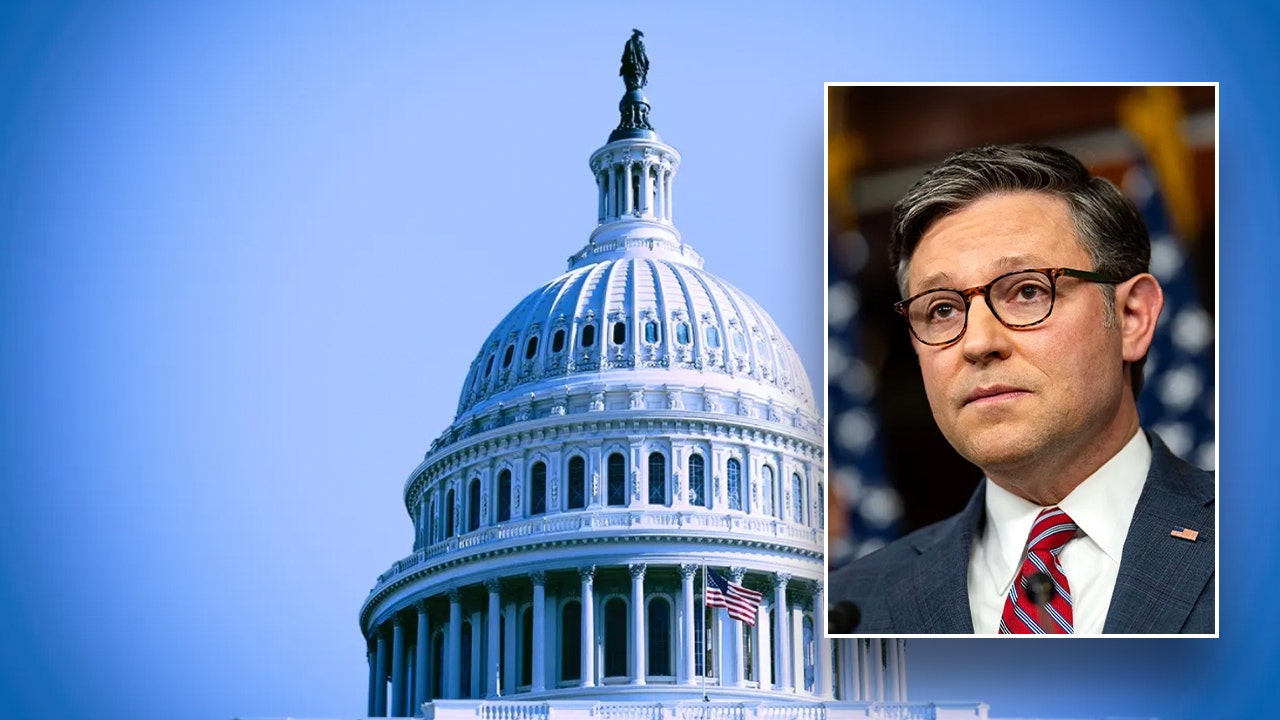Within his first few days in office, President Donald Trump issued an emergency order directing the heads of all executive departments and agencies to “deliver emergency price relief,” which he emphasized would include lowering the cost of housing and expanding supply.
“It is critical to restore purchasing power to the American family and improve our quality of life,” an executive action signed by Trump on Monday read.
The Trump administration cited regulatory requirements as a main driver why so many Americans are unable to purchase homes. In his first term, Trump reduced regulatory costs by almost $11,000 per household, the White House said in a fact sheet.
THESE WERE THE MOST EXPENSIVE HOMES SOLD IN 2024, ACCORDING TO REDFIN
Real estate experts are in agreement that the housing crisis is a problem the federal government cannot solve alone and that several levels of government need to be involved to make a significant change.
“Trump’s plan to cut regulatory red tape focuses on construction costs, but most housing regulations, like zoning laws and permitting, are controlled by local governments. The federal government has limited authority here, so meaningful change would likely require incentivizing local governments or taking unprecedented federal actions, such as overriding local zoning laws,” Redfin chief economist Daryl Fairweather told FOX Business.
Still, several experts agree Trump can put immense pressure on the issue to move the needle.
Realtor.com chief economist Danielle Hale told FOX Business that the U.S. is facing a deficit between 2.5 million and 7.2 million homes, which underscores the dire need to build more housing. She said regulatory requirements, which can add significant costs to building and have been a barrier to ramping up supply, are a good place to start.
For one, about $90,000 of the cost of new construction is due to regulation and regulatory compliance, Hale estimated.
HOW EXTREME WEATHER, HIGH HOME PRICES COULD AFFECT THE 2025 HOUSING MARKET
“With new construction just over $400,000, that’s a pretty hefty percentage. That suggests there’s some room to address this regulation,” Hale said. “Maybe we can take a review of these regulations and find areas where maybe we can cut back on some of the rules or fees associated with those regulations to improve the outcome and enable builders to not just build more housing, but build it more quickly and more cost effectively.”
Noel Roberts, founder of real estate firm Pending, which specializes in off-market transactions, also believes that the key to making housing affordable is increasing supply.

“Over the last few years, many would-be sellers have remained on the sidelines due to high rates locking them into their current mortgages,” Roberts told FOX Business, adding that he has hundreds of millions worth of off-market inventory with owners that are open to selling, but not ready to list publicly.”
THESE WERE THE MOST EXPENSIVE HOMES SOLD IN 2024, ACCORDING TO REDFIN
While he agrees Trump “can’t wave a wand” to solve the housing crisis, Roberts believes his track record shows that Trump’s policies, rhetoric and pressure on the Federal Reserve can influence key economic levers such as lower prices and lower mortgage rates.
“If he can exert influence over the Fed to lower rates and spur economic growth, there’s a pathway to improving conditions for homebuyers,” Roberts said.
Fairweather also noted that the federal government can influence housing affordability through mortgage policy, potentially by privatizing Fannie Mae and Freddie Mac, both of which have operated under U.S. government control since 2008, reducing mortgage fees and easing access to mortgages to make homeownership more attainable.
Trump has mentioned plans to privatize the mortgage giants.
Reuters contributed to this report.











